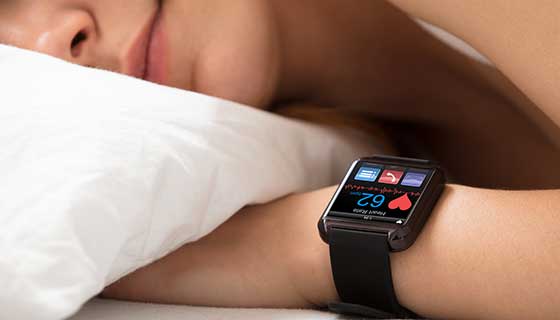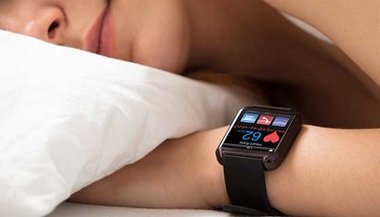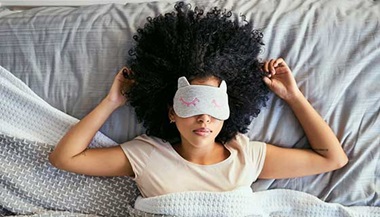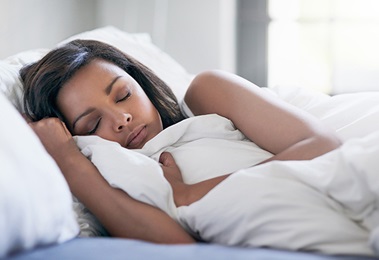What Happens in a Sleep Study?
A lot goes on in your brain and in your body while you’re asleep. Tracking this activity during a sleep study can help your doctor diagnose and treat a variety of sleep disorders, including sleep apnea and restless legs syndrome, and can serve as an evaluation for certain causes of excessive sleepiness, says Johns Hopkins sleep expert Sara Benjamin, M.D.
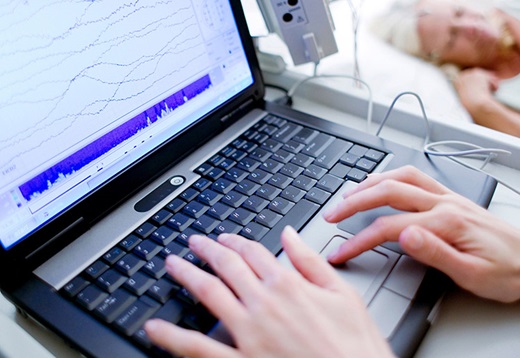
If you have questions about undergoing a sleep study, you’re not alone. Here are some answers that can help you understand the process and put you at ease.
What Does a Sleep Study Measure?
The most widely used type of sleep study is a polysomnogram. While you slumber in a high-tech sleep lab that looks like a comfortable hotel room, a technician in a nearby room records your brain activity and selected information from your body. Together, this data reveal a detailed picture of your unique sleep patterns—including how much time you spend in light and deep stages, whether you’re receiving enough oxygen, how often you awaken (even slightly), and whether sleep is disrupted by factors such as arm and leg movements.
What Sleep-Lab Equipment Is Used?
After you arrive at the sleep center (usually in the evening), a technician will apply small sensors to your head and body with adhesive. The wires connecting the sensors to a computer are usually gathered over your head with plenty of slack so you can move around during sleep. Elastic belts also may be wrapped around your chest and abdomen to measure breathing. And a clip may be placed on your finger or earlobe to monitor oxygen levels in your bloodstream. Most people get used to it all very quickly.
If the sleep technician suspects that you have obstructive sleep apnea, you may wear a continuous positive airway pressure (CPAP) machine during the second half of the night in the sleep lab. You may be asked to try on the breathing mask before you go to sleep, to be sure it fits. “The technician will adjust the machine and monitor to see if it improves your sleep,” Benjamin says.
What Steps Can Increase Comfort?
For better sleep, avoid alcohol and naps the day of your sleep study. Don’t have anything with caffeine (including coffee, tea, cola and chocolate) after lunch. At your doctor’s visit before your sleep study, be sure to share all of the medications and supplements you take. Follow your doctor’s recommendations, and bring comfortable pajamas and a book or magazine to read.
“We don’t expect you to sleep as well as you would at home, and we take that into account,” Benjamin says. “Most people sleep better than they expect. The technicians are very reassuring too.” If you have to use the bathroom during the study, just say so. The technician monitoring your sleep will disconnect the wires for you.
What Happens After a Polysomnogram?
A sleep study produces hundreds of pages of information about your night in the sleep lab. It will give your doctor the big picture about your sleep, plus lots of important details. “It usually takes about two weeks for the sleep specialist to review it and send the results to your doctor,” Benjamin says. “The results will help your doctor decide on the best treatment so you get a good night’s sleep.”

